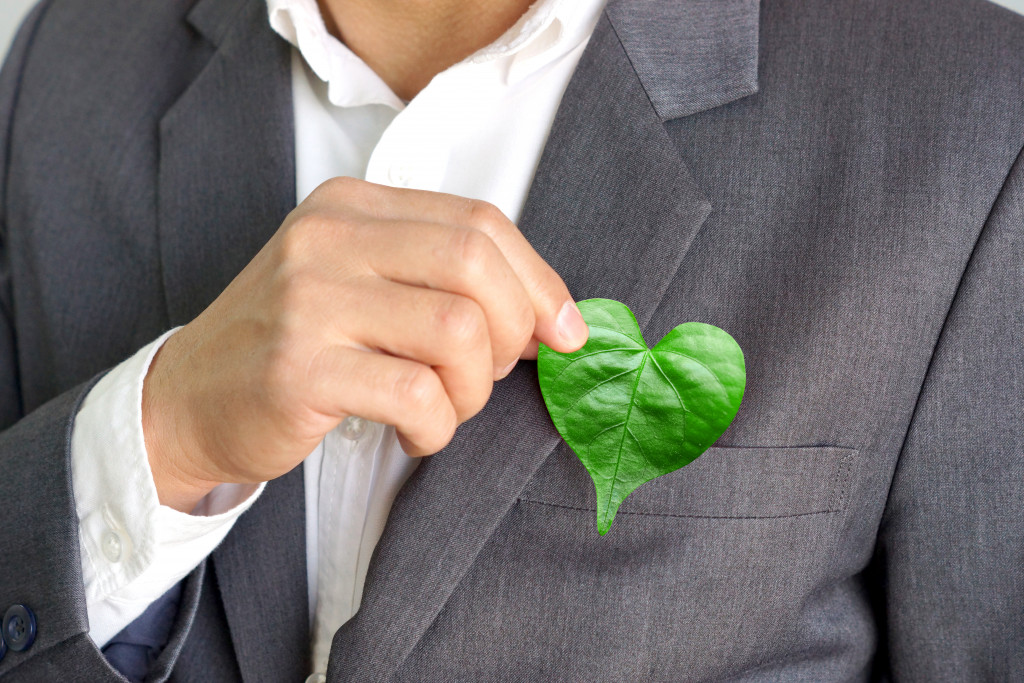Throughout the last year, persistent obstacles have hampered efforts to reduce poverty and promote equitable development. In the most recent instance, COVID-19 and the ensuing economic crisis have halted development and exposed long-standing inequities and exclusion within the political and economic systems. According to projections, between 73 and 117 million people would fall into severe poverty due to the crisis.
Recent demonstrations against racism and chronic discrimination have also drawn attention to the fact that many people face structural obstacles to opportunity and prosperity.
This is reflected in a new Global Practice called Social Sustainability and Inclusion (SSI), previously known as Social Development. This new Global Practice demonstrates the importance of addressing these barriers to development and increasing our focus on people who have been excluded from economic and social opportunities. Here are five things you should be aware of when it comes to SSI:
Citizens Speak and Governments Listen
Social sustainability is built on the foundations of inclusive, fair, and resilient societies in which people have a voice and governments listen and react to their concerns. Developing organizations promote economic development and poverty reduction now and in the future and the past.
Economic and environmental sustainability are intertwined, and social sustainability is no exception. Before, the focus was on financial sustainability, and later on ecological sustainability, resulting from growing worries about climate change and the extinction of biodiversity. That’s how various businesses and communities invested in systems and equipment that help fostered a healthier environment.
Modern wastewater management systems play a significant role in ensuring that the world has clean and potable water while maintaining a solid hold on resources. However, as people become more conscious of fragility, persisting inequality, and racial discrimination, social sustainability is being more acknowledged as essential to economic development and poverty alleviation.
The SSI GP assists disadvantaged and vulnerable individuals overcome the barriers that prevent them from fully participating in society. It encourages people to take an active role in shaping their destiny via education and training. It does this in three ways: promoting more inclusive societies, increasing citizen empowerment, and building more resilient and peaceful communities and neighborhoods.

People are the Solutions
The cornerstone of social sustainability work has been Community-Driven Development (CDD) initiatives, which enable communities to design their development and poverty-reduction solutions. CDD initiatives, based on participatory methods and a community’s values, enhance community services and basic infrastructure to assist people, particularly the most disadvantaged, in reaching their full potential and developing their livelihoods. They also improve citizens’ and community leaders’ ability to express their demands and interact with local and regional governments.
In practice, how does this work? As part of a national decentralization initiative, it mobilizes people to evaluate the functioning of primary schools, health facilities, and local government.
SSI also collaborates with task teams to include citizen participation technologies into investment initiatives. Citizen engagement is particularly essential during the COVID-19 epidemic because it gives information into how the crisis impacts communities and allows for real-time course adjustment. In Afghanistan, citizen engagement entails collaborating with communities to provide COVID-19 prevention messages through WhatsApp and telegram to those disproportionately affected by the crisis, including refugees/IDPs, the disabled, impoverished women, and nomads. These two-way communication channels enable people to get assistance and exchange information about changing conditions in their communities.
Inclusivity Gains a New Focal Point
Persistent discrimination and exclusion of the most disadvantaged have a high cost, both human suffering and economic output. Globally, it is estimated that gender disparity has resulted in a loss of human capital wealth of $160.2 trillion. Afro-descendants continue to have substantially greater poverty rates than other groups (2.5 times higher in Latin America). According to the World Bank, in developing nations, 90 percent of children with impairments do not attend school.
In many countries, it is tough to combat exclusion, discrimination, and violence against LGBTI people. To this day, homosexuality is still illegal in 70 nations across the world. The goal is to increase the chances for all disadvantaged individuals to actively engage in markets, services, technology, and society.
Social sustainability is the process of building effective, long-term locations that promote well-being by understanding what people need from the areas where they live and work. Social sustainability integrates physical and social realm design; infrastructure to support social and cultural life, social amenities, citizen participation mechanisms, and room for people and places to develop.
Social sustainability is a worthwhile investment for businesses. Workers are healthier and more productive when they are adequately compensated and work in safe circumstances. Healthier and more productive employees equate to more revenues for companies. Furthermore, socially sustainable firms have higher customer support since people patronize businesses that treat their employees properly.




